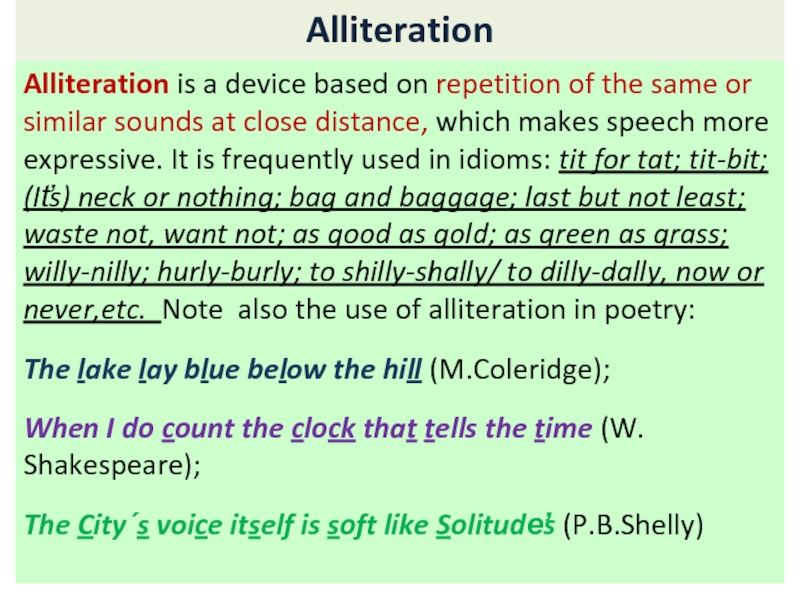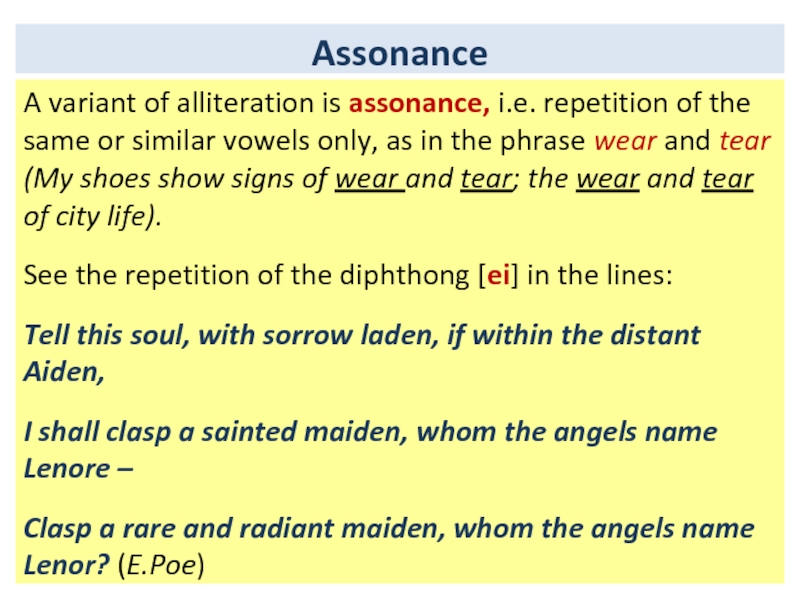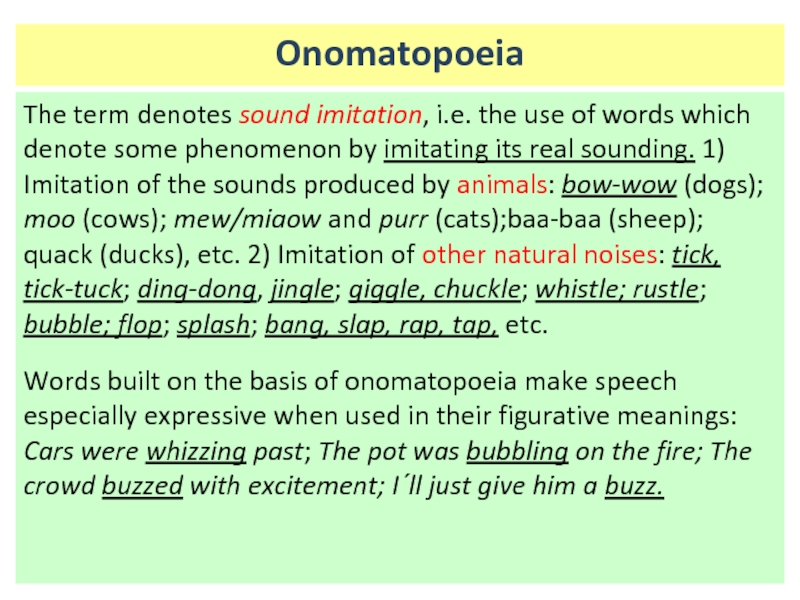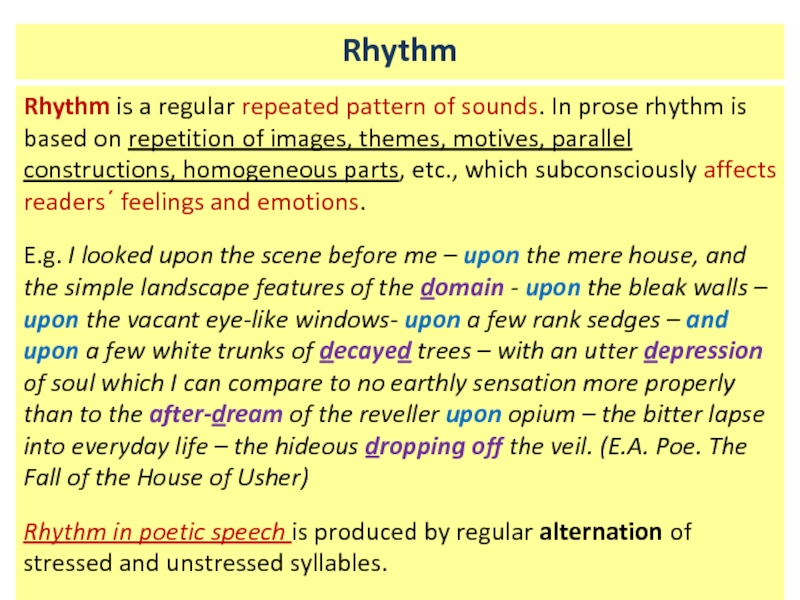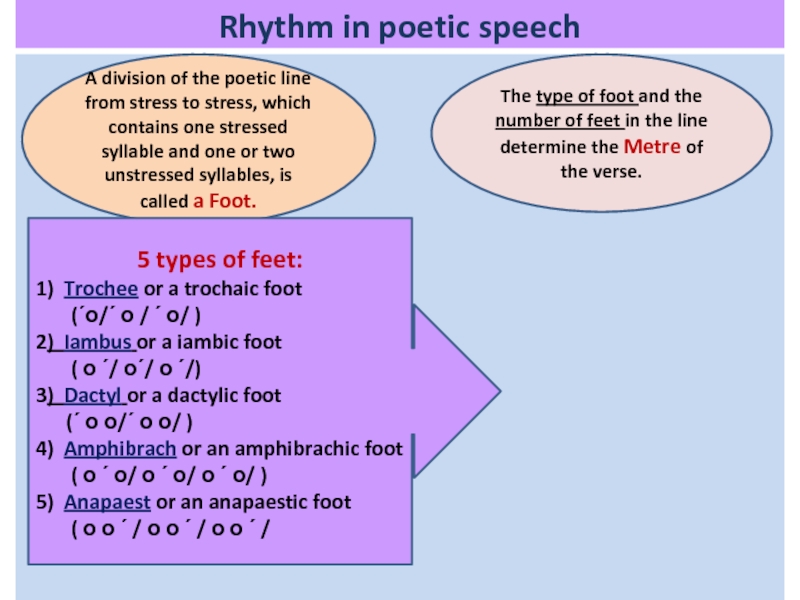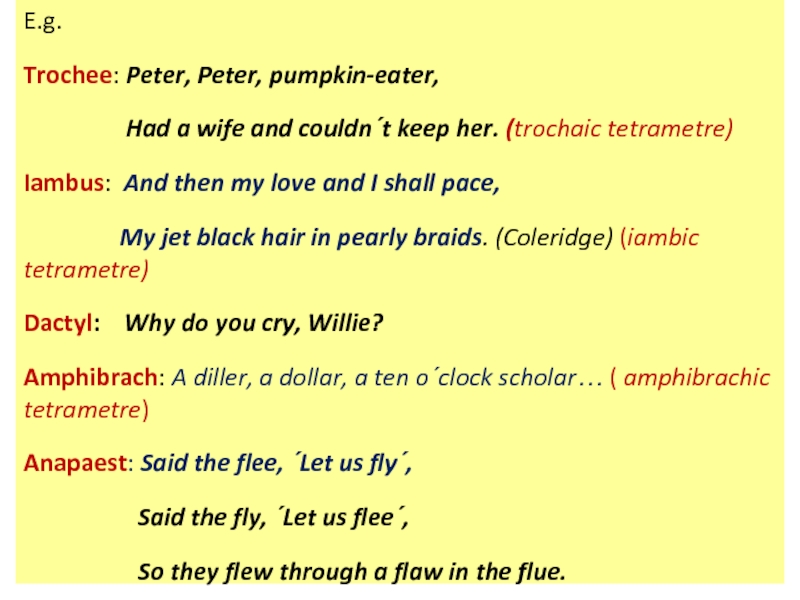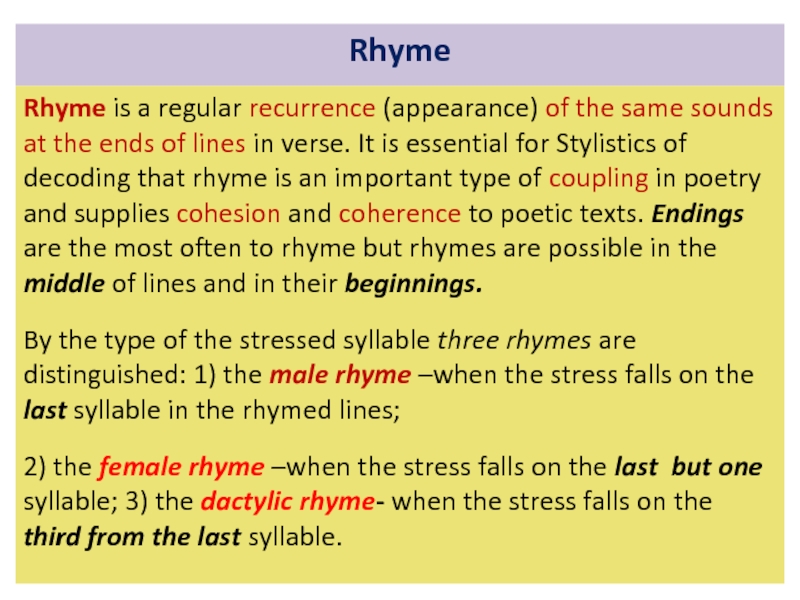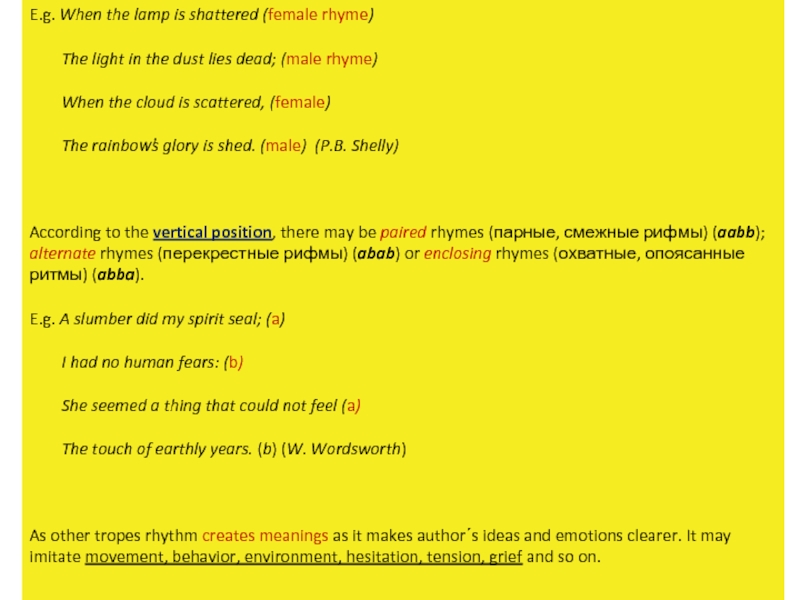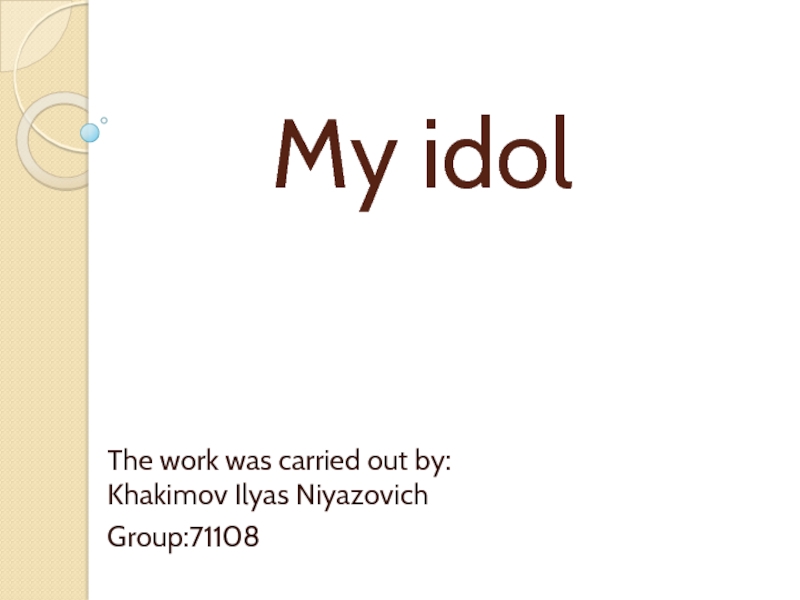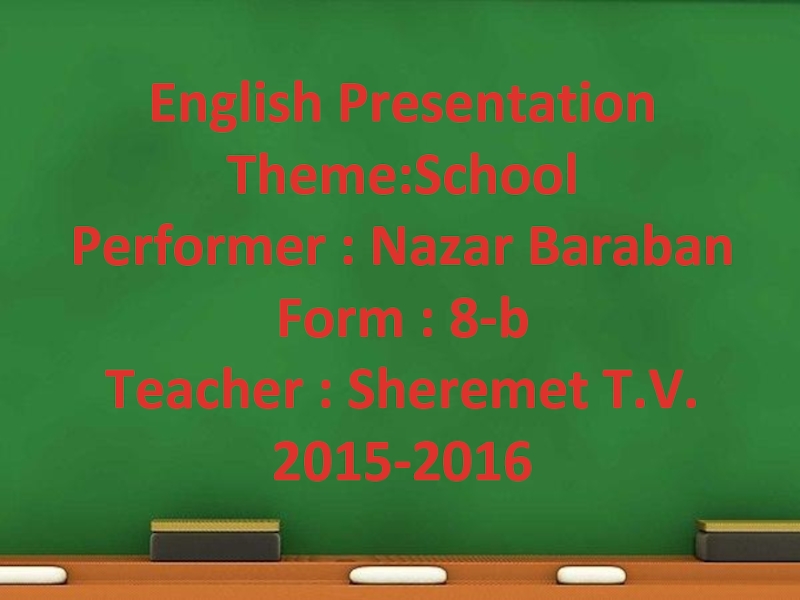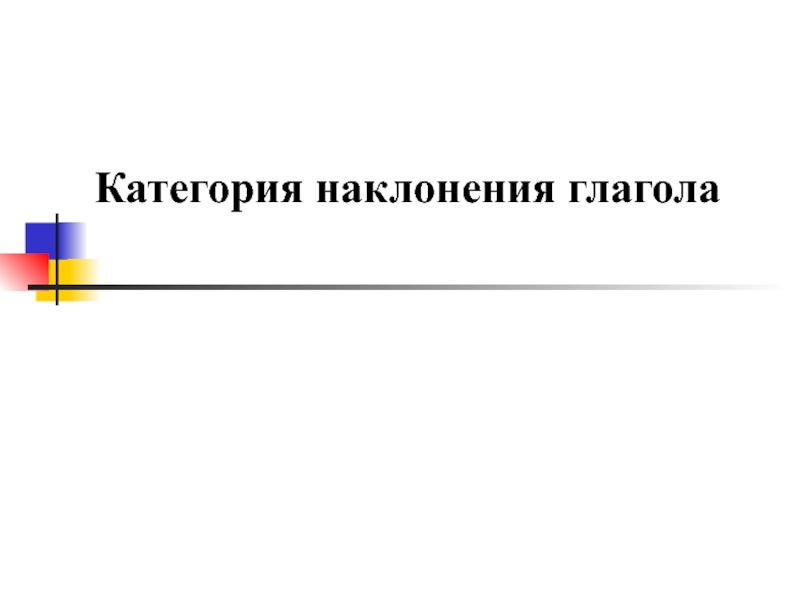- Главная
- Разное
- Дизайн
- Бизнес и предпринимательство
- Аналитика
- Образование
- Развлечения
- Красота и здоровье
- Финансы
- Государство
- Путешествия
- Спорт
- Недвижимость
- Армия
- Графика
- Культурология
- Еда и кулинария
- Лингвистика
- Английский язык
- Астрономия
- Алгебра
- Биология
- География
- Детские презентации
- Информатика
- История
- Литература
- Маркетинг
- Математика
- Медицина
- Менеджмент
- Музыка
- МХК
- Немецкий язык
- ОБЖ
- Обществознание
- Окружающий мир
- Педагогика
- Русский язык
- Технология
- Физика
- Философия
- Химия
- Шаблоны, картинки для презентаций
- Экология
- Экономика
- Юриспруденция
Alliteration презентация
Содержание
- 1. Alliteration
- 2. Assonance A variant of alliteration is assonance,
- 3. Onomatopoeia The term denotes sound imitation, i.e.
- 4. Rhythm Rhythm is a regular repeated pattern
- 5. Rhythm in poetic speech A division
- 6. E.g. Trochee: Peter, Peter, pumpkin-eater,
- 7. Rhyme Rhyme is a regular recurrence (appearance)
- 8. E.g. When the lamp is shattered
Слайд 1Alliteration
Alliteration is a device based on repetition of the same or
The lake lay blue below the hill (M.Coleridge);
When I do count the clock that tells the time (W. Shakespeare);
The City΄s voice itself is soft like Solitude̕s (P.B.Shelly)
Слайд 2Assonance
A variant of alliteration is assonance, i.e. repetition of the same
See the repetition of the diphthong [ei] in the lines:
Tell this soul, with sorrow laden, if within the distant Aiden,
I shall clasp a sainted maiden, whom the angels name Lenore –
Clasp a rare and radiant maiden, whom the angels name Lenor? (E.Poe)
Слайд 3Onomatopoeia
The term denotes sound imitation, i.e. the use of words which
Words built on the basis of onomatopoeia make speech especially expressive when used in their figurative meanings: Cars were whizzing past; The pot was bubbling on the fire; The crowd buzzed with excitement; I΄ll just give him a buzz.
Слайд 4Rhythm
Rhythm is a regular repeated pattern of sounds. In prose rhythm
E.g. I looked upon the scene before me – upon the mere house, and the simple landscape features of the domain - upon the bleak walls – upon the vacant eye-like windows- upon a few rank sedges – and upon a few white trunks of decayed trees – with an utter depression of soul which I can compare to no earthly sensation more properly than to the after-dream of the reveller upon opium – the bitter lapse into everyday life – the hideous dropping off the veil. (E.A. Poe. The Fall of the House of Usher)
Rhythm in poetic speech is produced by regular alternation of stressed and unstressed syllables.
Слайд 5Rhythm in poetic speech
A division of the poetic line from stress
The type of foot and the number of feet in the line determine the Metre of the verse.
5 types of feet:
1) Trochee or a trochaic foot
(΄о/΄ о / ΄ о/ )
2) Iambus or a iambic foot
( о ΄/ о΄/ о ΄/)
3) Dactyl or a dactylic foot
(΄ о о/΄ о о/ )
4) Amphibrach or an amphibrachic foot
( о ΄ о/ о ΄ о/ о ΄ о/ )
5) Anapaest or an anapaestic foot
( о о ΄ / о о ΄ / о о ΄ /
Слайд 6
E.g.
Trochee: Peter, Peter, pumpkin-eater,
Iambus: And then my love and I shall pace,
My jet black hair in pearly braids. (Coleridge) (iambic tetrametre)
Dactyl: Why do you cry, Willie?
Amphibrach: A diller, a dollar, a ten o΄clock scholar… ( amphibrachic tetrametre)
Anapaest: Said the flee, ΄Let us fly΄,
Said the fly, ΄Let us flee΄,
So they flew through a flaw in the flue.
Слайд 7Rhyme
Rhyme is a regular recurrence (appearance) of the same sounds at
By the type of the stressed syllable three rhymes are distinguished: 1) the male rhyme –when the stress falls on the last syllable in the rhymed lines;
2) the female rhyme –when the stress falls on the last but one syllable; 3) the dactylic rhyme- when the stress falls on the third from the last syllable.
Слайд 8
E.g. When the lamp is shattered (female rhyme)
When the cloud is scattered, (female)
The rainbow̕s glory is shed. (male) (P.B. Shelly)
According to the vertical position, there may be paired rhymes (парные, смежные рифмы) (aabb); alternate rhymes (перекрестные рифмы) (abab) or enclosing rhymes (охватные, опоясанные ритмы) (abba).
E.g. A slumber did my spirit seal; (a)
I had no human fears: (b)
She seemed a thing that could not feel (a)
The touch of earthly years. (b) (W. Wordsworth)
As other tropes rhythm creates meanings as it makes author΄s ideas and emotions clearer. It may imitate movement, behavior, environment, hesitation, tension, grief and so on.
